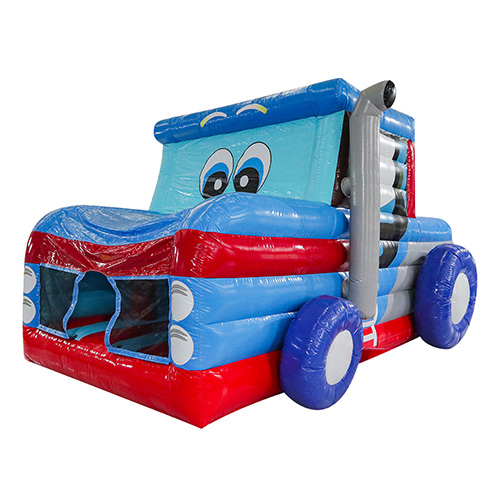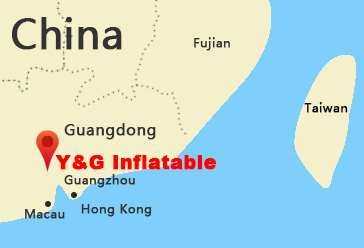A Guide to Water Trampolines
Water trampolines have frames with springs that are supported on top of a large round inflatable tube. Water Trampolines can have a diameter as large as 25 feet as small as 11 feet. These full trampolines offer similar performance to that of a small backyard trampoline, but allow the activity to take place on the water Trampolines take about an hour to set up and break down. They can then be anchored to remain in place on most lakes and ponds.
A trampoline floating on the water allows you to take big air jumps. An ideal water trampoline, with 100% PVC construction, should be able to withstand variation in temperature. A water trampoline comes with handles, a ladder and a padded collar for easier boarding and safe jumping. An anchor rope keeps the station in place while still letting it shift in the waves for added excitement.
Water trampolines are usually larger than ground trampolines. Besides the basic floating platform, you can attach various types of accessories like slides, ladders and logs.
There are smaller trampolines called “bouncers” that do not have frames or springs. They are easy to set up, as there are no frames to assemble or springs to stretch out. Bouncers can easily be stored in a boat and can be quickly inflated or deflated in less then 10 minutes. Bouncers are about 20% of the cost of a water trampoline.


























